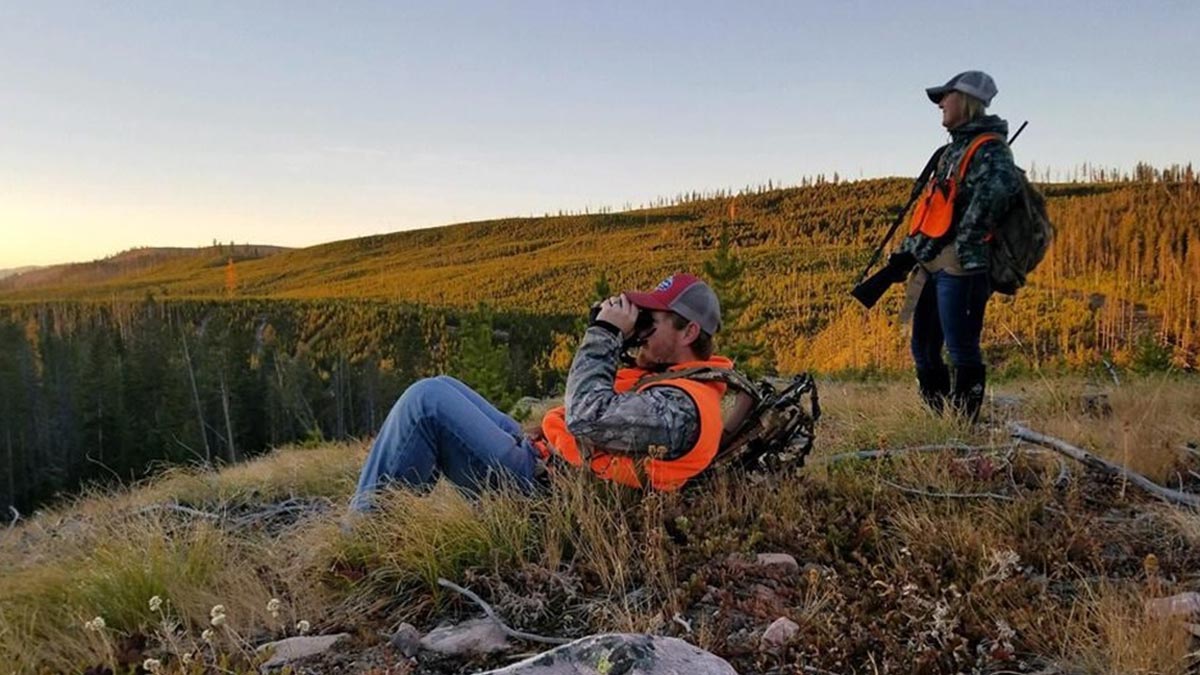A new report indicates the economic impact of the firearm and ammunition industry in the United States jumped from $19.1 billion in 2008 to $63.5 billion in 2020, marking a more than 330 percent increase. That bodes well for both the creation of new jobs and the generation of funding for conservation work.
The report, compiled by the National Shooting Sports Foundation (NSSF), shows the total number of full-time equivalent jobs rose from 166,000 to more than 342,330, a 106 percent increase over that 16-year time period.
“This growth equals more jobs that add to our local economies, averaging $56,400 in wages and benefits,” said Joe Bartozzi, NSSF president and CEO. “Since 2008 we increased federal tax payments by 170 percent, Pittman-Robertson excise taxes that support wildlife conservation by 89 percent and state business taxes by 125 percent.”
Pittman-Robertson taxes are generated from an excise tax on the sale of ammunition, guns and archery equipment. Since its establishment in 1974, P-R generated more than $13.6 billion specifically for conservation.
The industry’s economic impact rose from $60 billion in 2019, to $63.5 billion in 2020, while total jobs increased by more than 10,000 in the same period, from nearly 332,000, to more than 342,330. The broader impact of the industry throughout the economy, supports and generates business for firms seemingly unrelated to firearms, including banking, retail, accounting, metal working, printing and others.
The firearm and ammunition industry also paid nearly $7 billion in business taxes, including property, income and sales-based levies.
Go here to view the full report.
(Photo source: Montana Fish, Wildlife and Parks)
